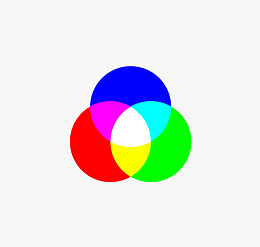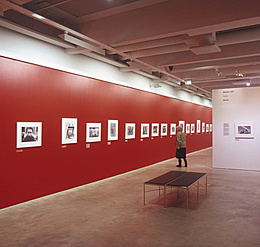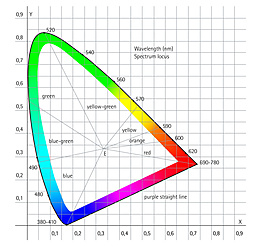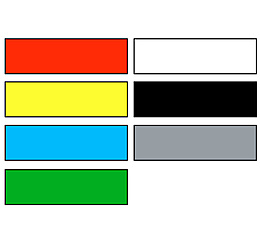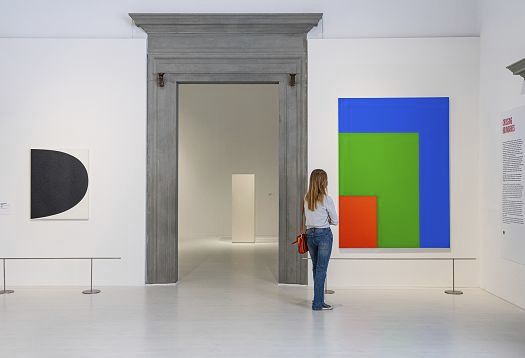
The difference between at least two color tones is called color contrast. Color contrast is elementary for visual perception. We can see objects by separating them from their surroundings. For this reason, color contrast should also be taken into account in lighting design for architecture. The contrast between body colors or light intensities can emphasize areas in (interior) design. On a white background, in addition to colored light, the light colors of different shades of white – ranging from a reddish warm white and neutral white to a bluish cool white – are a design tool in lighting design.







